 For the first time, there is now a native JSON Web Token (JWT) representation for Verifiable Credentials. This representation uses IANA-registered JWT claims whenever applicable. Among other improvements and simplifications, this means that we finally have a Verifiable Credentials representation that doesn’t require the use of JSON-LD.
For the first time, there is now a native JSON Web Token (JWT) representation for Verifiable Credentials. This representation uses IANA-registered JWT claims whenever applicable. Among other improvements and simplifications, this means that we finally have a Verifiable Credentials representation that doesn’t require the use of JSON-LD.
The native JWT representation explicitly isn’t a mapping from the VC Data Model. This mapping in the VC 1.1 specification resulted in ambiguities about whether to duplicate VC Data Model claims in the VC-JWT representation (the “in addition to” option) or whether to delete them from the VC Data Model representation (the “instead of” option). These ambiguities harmed interoperability. Rather, the 2.0 VC-JWT representation is its own simpler native JWT data structure.
See the new native JWT VC representation in the Version 2 section of the “Securing Verifiable Credentials using JSON Web Tokens” specification. You can also compare it there to the Version 1.1 representation, which is a mapping from the VC Data Model with the “in addition to” and “instead of” choices.
This accomplishment is the product of the vision, passion, and perseverance of many advocates of simplifying Verifiable Credentials. Foremost among them is Orie Steele – my co-editor for the VC-JWT specification. I’ll also observe that the pull request creating this functionality had an unprecedented fifteen approvers – an indication of the broad support for this direction for Verifiable Credentials. I am proud to have played a role in making it happen.


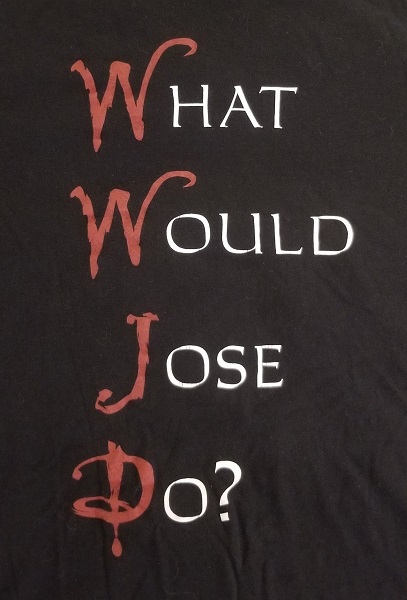
 This week
This week 
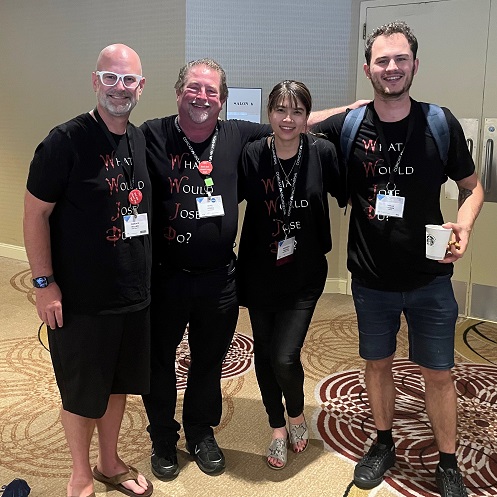
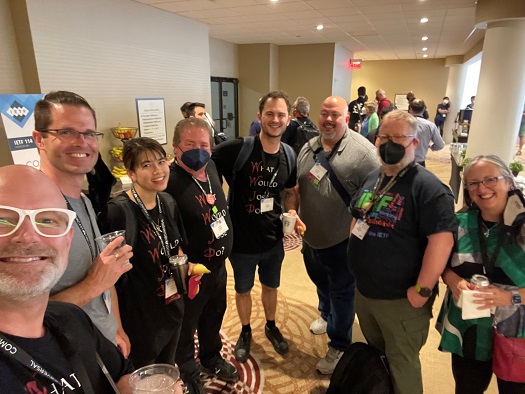

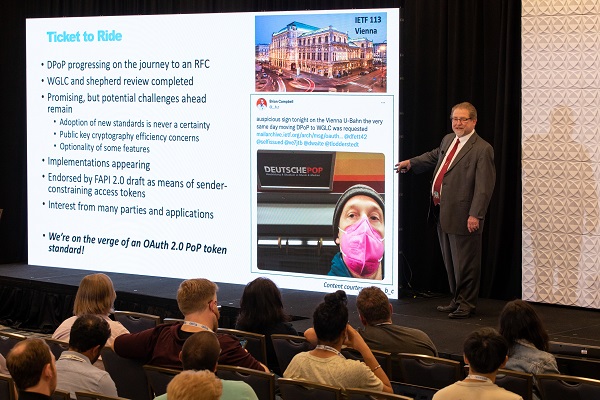
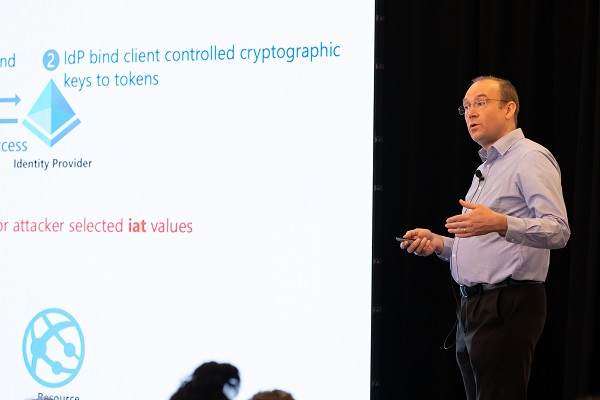


 In September 1982, artificial intelligence professor Scott Fahlman made a post on the Carnegie Mellon Computer Science Department “general” bboard inventing the original smiley :-). I remember thinking at the time when I read it “what a good idea!”. But in 2002 when I told friends about it, I couldn’t find Scott’s post online anywhere.
In September 1982, artificial intelligence professor Scott Fahlman made a post on the Carnegie Mellon Computer Science Department “general” bboard inventing the original smiley :-). I remember thinking at the time when I read it “what a good idea!”. But in 2002 when I told friends about it, I couldn’t find Scott’s post online anywhere. I had a fabulous time talking with my friend
I had a fabulous time talking with my friend